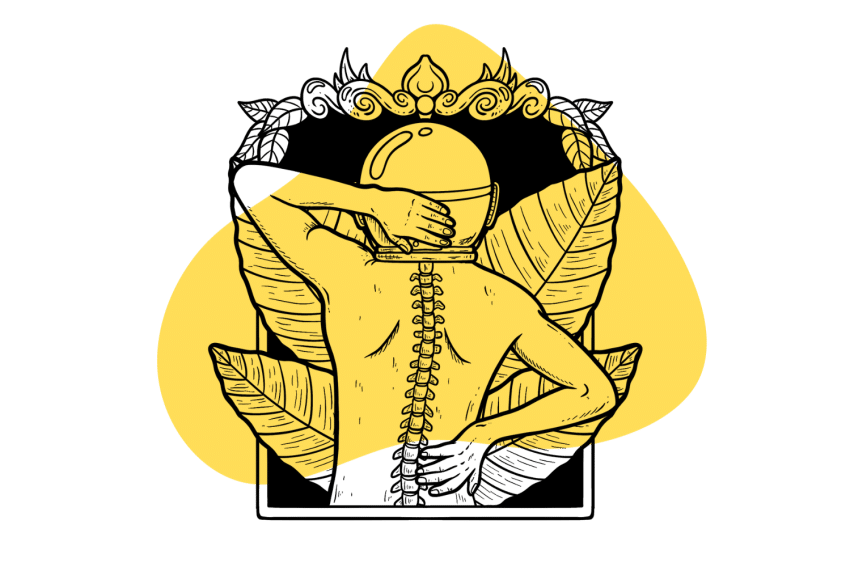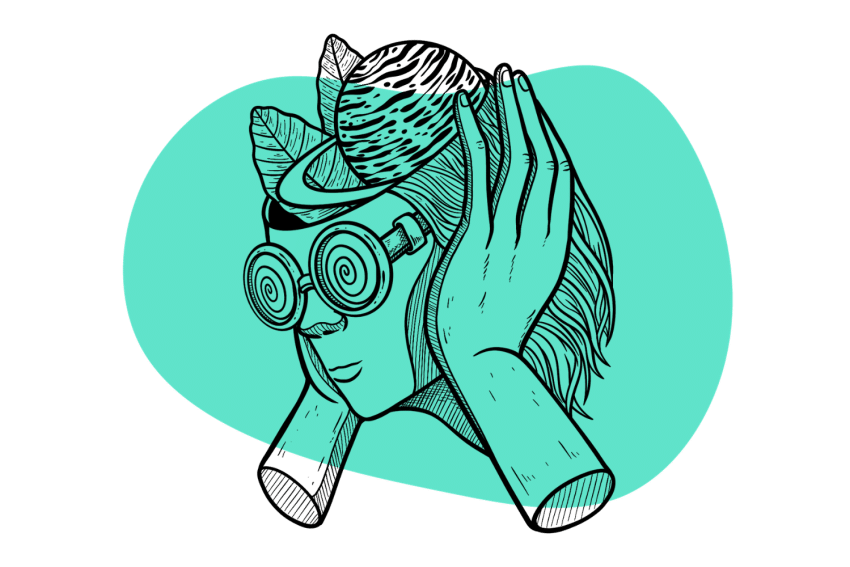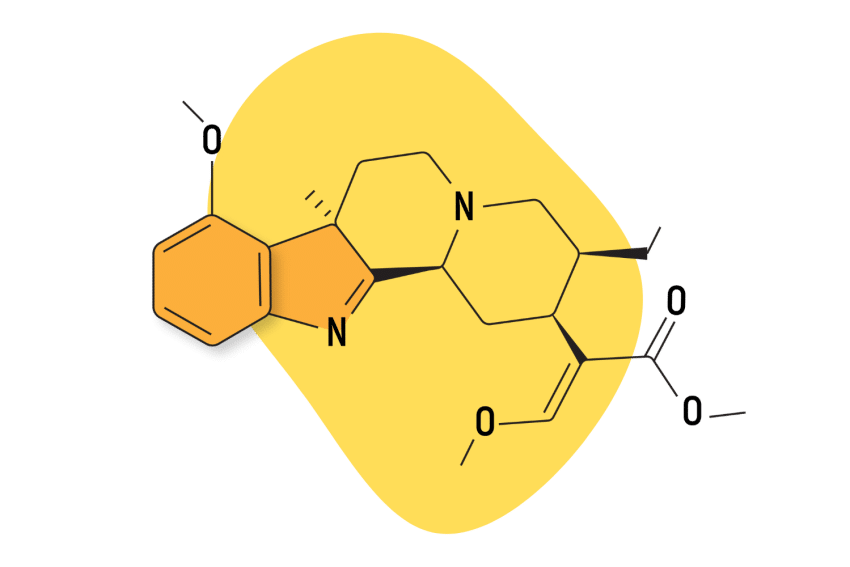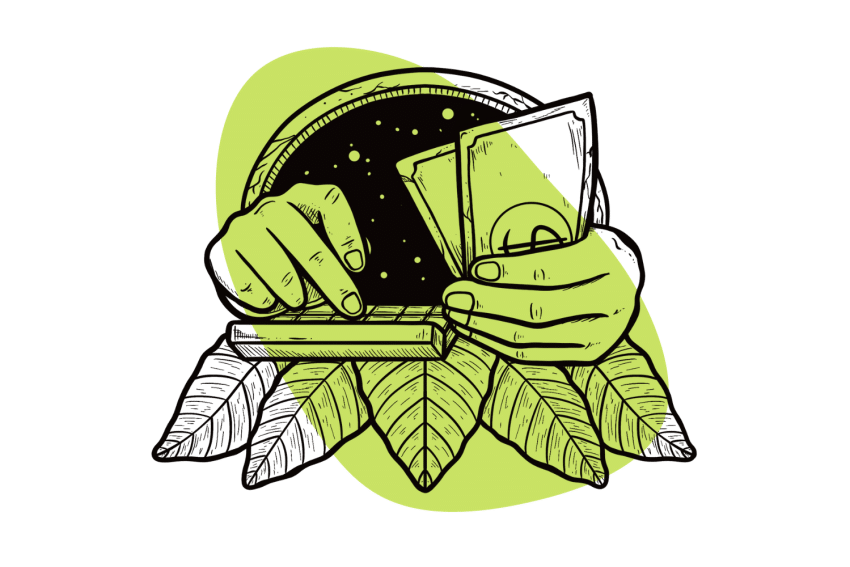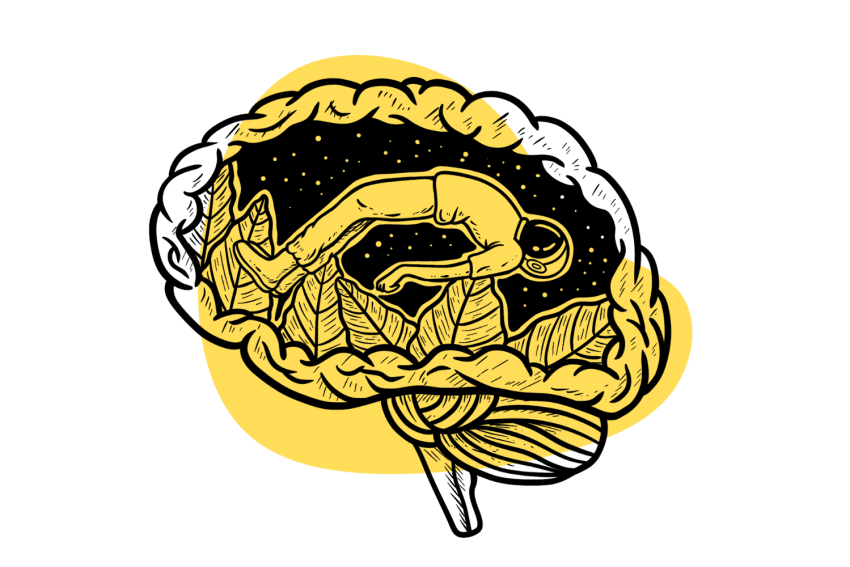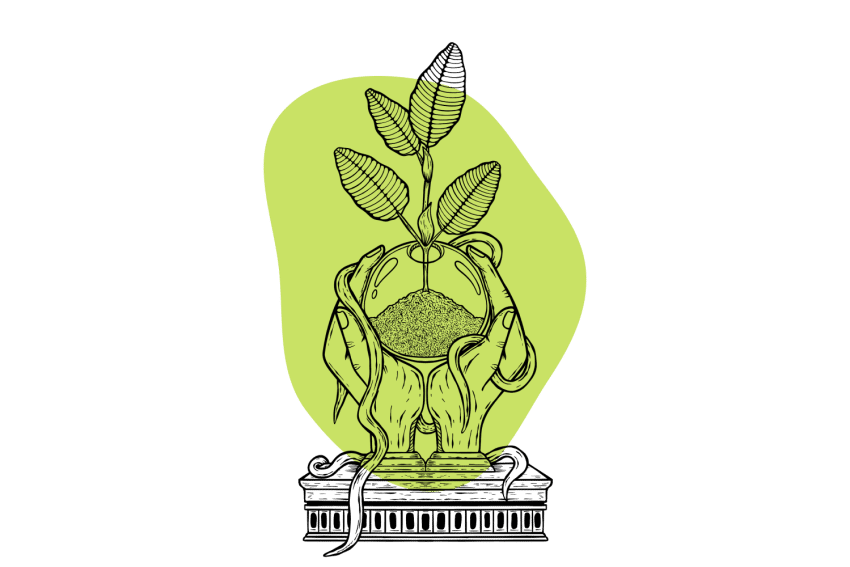The Energizing Enigma of Kratom: A Look at the Science & Strain List
If you lack energy (who isn’t), try replacing your ☕ with kratom. Or keep the coffee. There’s no judgment from us if you decide to use both. We do.

Millions of people in America use kratom as a stimulant to improve energy, focus, and overall mental performance.
However, kratom also acts as a sedative. Avoid crashing when you need a boost — find out why kratom can make you tired or energized, how much to consume for optimal energy levels, and which strains are best for this purpose.
Is Kratom Good for Energy?
One of the primary uses for kratom is as a stimulant — it’s considered a powerful nootropic. Many people state that smaller doses provide stimulation akin to drinking multiple cups of coffee — but more balanced. Users experience less jitteriness and anxiety than they might from large quantities of caffeine.
It’s difficult to quantify just how good kratom is for stimulation — it works on several levels, and the experience is different for everyone. With that said, though, most users say it functions as an impressive tool for stimulation and motivation.
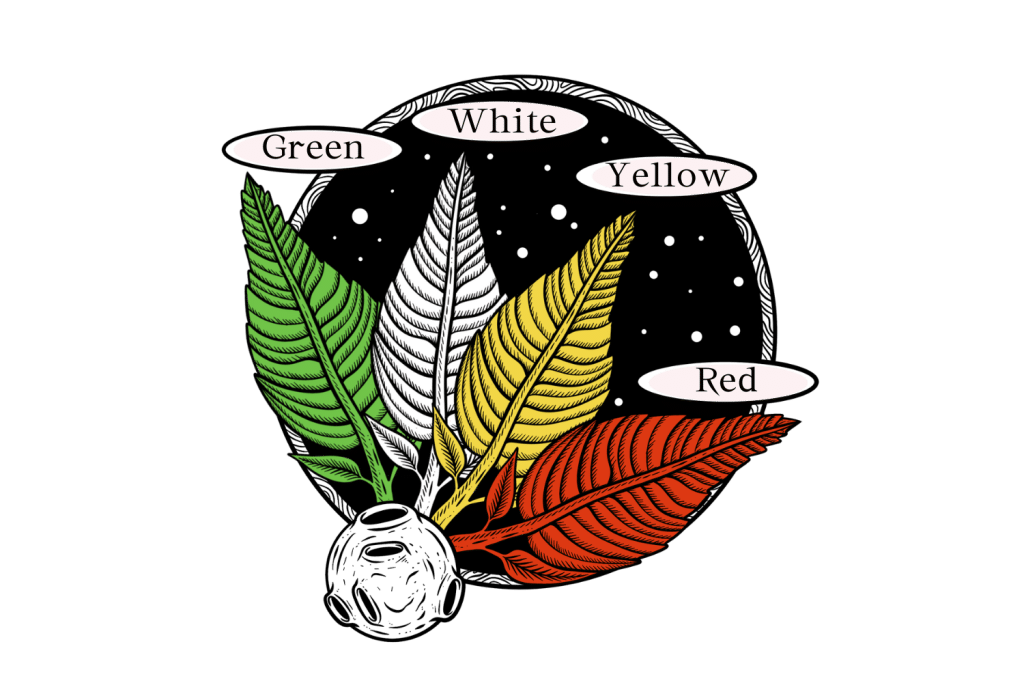
Which Kratom Strains Are Best for Energy?
The effects of kratom largely depend on dose; most strains taken in relatively small amounts will provide some stimulation.
However, white-vein strains tend to be the most stimulating, as they have the highest levels of mitragynine, the alkaloid responsible for kratom’s energizing effects. Green vein strains are the next most stimulating, and red-vein strains are the least energizing and tend to be more relaxing and sedating.
Here are some of the most popular kratom strains for boosting energy or replacing your morning coffee:
1. White Maeng Da Kratom
Maeng Da kratom is one of the most potent strains you can buy, and it has some of the highest levels of mitragynine of any kratom variety. This strain provides intense stimulation for most users and can provide a slew of nootropic effects.
White Maeng Da is highly popular because its effects are potent and noticeable enough for experienced users but tend not to be overwhelming for beginners. It can also relieve anxiety and boost your mood, making it a popular choice for various uses.
2. White Borneo Kratom
White Borneo kratom is all about energy and creating positive energy. Most people report unrivaled levels of energy and feelings of euphoria that inspire and motivate.
White Borneo isn’t particularly helpful for pain relief, and it’s so high in mitragynine that even larger doses don’t tend to be sedating. This strain might not be for you if you’re sensitive to stimulants, as it can create anxiety.
3. White Elephant Kratom
White Elephant kratom is similar to White Borneo in that almost all users take it for powerful stimulation and mood-boosting effects. It offers little in the way of pain relief, anxiety relief, and sedation, but it’s a great option for improving energy and focus in the morning or mid-day.
White Elephant is another strain that can produce anxiety and stress, so it’s not ideal for beginners.
4. Green Malay Kratom
Green Malay kratom is a surprisingly stimulating green-vein strain that rivals even the most energizing of white strains. It’s popular for stimulation primarily because it also offers relief from mild, moderate, and even severe pain. Countless kratom users turn to it for daytime pain relief, especially to get through school or work, where focus and attention are required.
Green Malay is also a decent strain for anxiety relief and improving mood, so it can work as a stimulant and revitalizing strain on several levels.
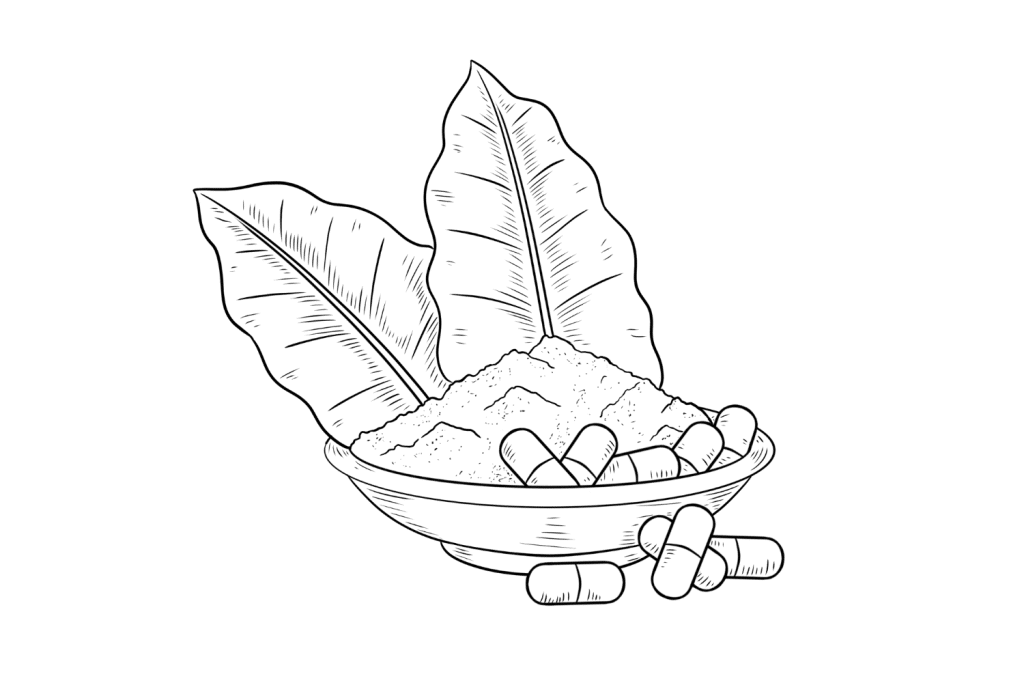
How Much Kratom Should You Take for Energy?
Since kratom’s effects are influenced by the amount you take, it’s important to get the dosing correct.
Smaller doses are usually better for stimulation; larger doses can give you higher levels of 7-hydroxymitragynine, the alkaloid that tends to be more sedative.
Follow the basic dosing guidelines below if you’re looking for a boost of energy from your kratom:
- 0.5 to 1 gram for mild stimulation
- 1 to 2 grams for moderate stimulation
- 2 to 3 grams for intense stimulation
Is It Safe to Take Kratom for Energy?
Many experts agree that kratom is relatively safe for short-term and long-term use. There are some possible side effects to look out for, but most will naturally be minimized when you take small doses, as you would for stimulation.
Common side effects include the following:
- Anxiety
- Dependency or addiction
- Dizziness
- Mental fog
- Nausea
- Vomiting
All of these side effects tend to be more severe when doses become larger and more frequent.
Thankfully, the doses for stimulation are considered relatively small, so using kratom for energy is less likely to lead to adverse effects than taking larger doses like you would for pain relief.
Still, it’s worth mentioning that you should limit your kratom use to once per day and be careful not to increase your dose if you find that your original amount no longer provides the desired effects.
Some users take kratom to replace coffee, and they end up taking a dose every day. Unfortunately, daily use is more likely to lead to dependency, so it’s a good idea to take kratom only when you need a boost in energy and focus.
There are some safety guidelines to follow that can help reduce the risk of side effects, including addiction:
- Take at least two days off of kratom per week
- Take at least one week off of kratom per month
- Refrain from taking more if the desired effects you initially experienced aren’t achievable anymore
If you follow these guidelines and use kratom responsibly, you shouldn’t have any significant issues with dependency or other side effects.
How Does Kratom Work As a Stimulant?
Kratom is best known as an opioid-like natural herb that binds to opioid receptors, leading to pain relief and sedation. However, kratom tree leaves also contain an alkaloid called mitragynine, which provides more stimulative effects to users, especially in smaller doses.
Kratom works on a few levels to create stimulative effects:
1. Kratom Affects Norepinephrine
Perhaps the most compelling evidence of kratom’s usefulness as a stimulant is the fact that its alkaloids interact with the adrenaline system. This complicated system manages levels of hormones and neurotransmitters, specifically epinephrine and norepinephrine.
After consuming kratom, mitragynine binds to receptors in this system, increasing the production of both neurotransmitters [6]. Epinephrine and norepinephrine both cause feelings of intense stimulation when they’re released into the bloodstream [1].
Increased levels induce an excitatory state for the central nervous system and a higher heart rate. The user feels intense stimulation, similar to drinking several cups of coffee or experiencing something dangerous or exciting — also called an adrenaline rush. Focus increases, as do concentration and wakefulness.
2. Kratom Causes a Bump In Dopamine
As mentioned above, kratom is best known for its ability to bind to opioid receptors in the body. Its alkaloid, 7-hydroxymitragynine, binds to the mu-opioid receptors, which play an important role in our dopamine levels.
Dopamine is a crucial neurotransmitter that is largely responsible for our reward system and dictates when we feel motivated and inspired. A bump in dopamine can cause a rush of positive feelings and euphoria, uplifting the individual and making them feel energized.
When 7-hydroxymitragynine binds to mu-opioid receptors, it triggers an increase in dopamine production in the brain’s reward center [2]. Alongside the rise in adrenaline, the bump in dopamine can generate feelings of well-being, motivation, and energizing euphoria.
3. Kratom Causes An Increase In Serotonin
The alkaloids in kratom have also been found to bind to serotonin receptors, causing an increase in serotonin production. When serotonin levels increase alone, they can provide a sense of relaxation. However, an increase alongside dopamine — which kratom boosts as well — results in feelings of motivation and sustained energy [3].
A lack of serotonin has also been linked to feelings of depression and demotivation. As such, kratom can improve energy, outlook, and motivation in some individuals dealing with depression. This can offer a perceived bump in energy levels alongside the other, more direct stimulative effects.
4. Kratom Can Relieve Pain
Research shows kratom binds to three types of opioid receptors: mu-opioid, alpha-opioid, and delta-opioid receptors. All these receptors play a role in how we perceive pain, as they pass signals to the brain that eventually get processed as pain.
7-hydroxymitragynine binds to these receptors and blocks some signals from moving through the nerve cells to which they’re attached [4, 5]. This results in fewer pain signals reaching the brain and a lessened sensation of pain.
It’s complicated how pain relief affects perceived energy levels, but those dealing with chronic pain often feel helpless, demotivated, depressed, and fatigued [7]. Since kratom helps reduce pain, it can affect the user’s overall mental health, increasing their energy levels and ability to get up and move.
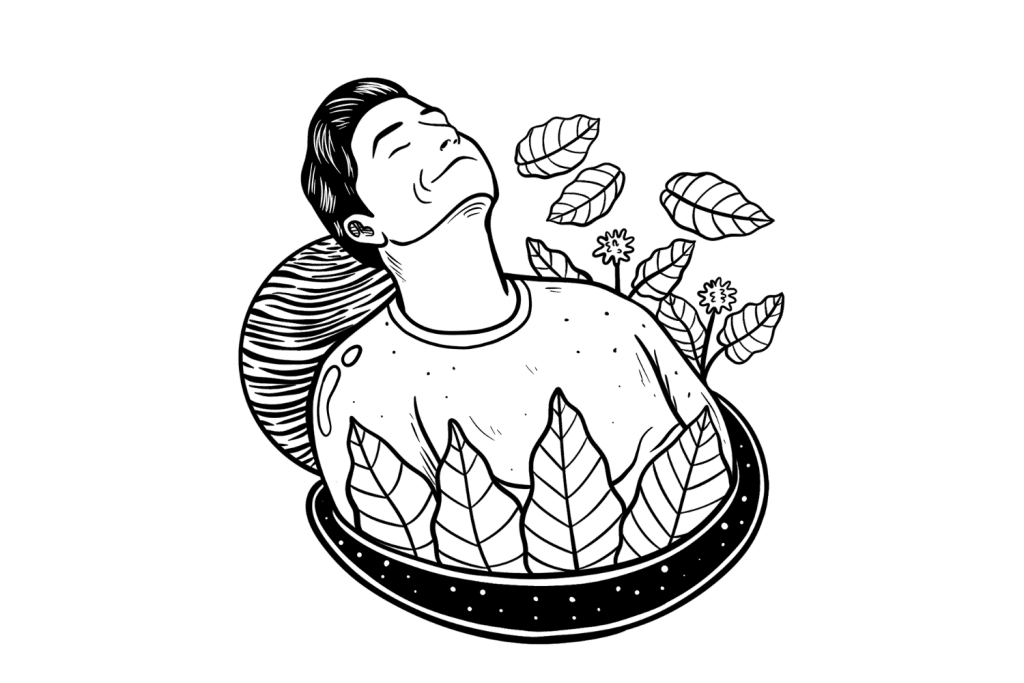
Wrapping Up: Why Kratom Is Such a Popular Stimulant
Kratom is popular among people looking for an edge because it provides an intense boost of energy, improves focus, attention, and alertness, and offers a natural way to increase dopamine and serotonin levels. It also relieves pain, anxiety, and depression, all of which can contribute to a lack of energy.
White-vein strains tend to be the best options for stimulation, although some green-vein strains work well too. Some of the most popular strains for energy include White Maeng Da, White Borneo, White Elephant, and Green Malay.
References
- Dalal, R., & Grujic, D. (2022). Epinephrine. In StatPearls [Internet]. StatPearls Publishing.
- Kosten, T. R., & George, T. P. (2002). The neurobiology of opioid dependence: implications for treatment. Science & practice perspectives, 1(1), 13.
- Meeusen, R., Watson, P., Hasegawa, H., Roelands, B., & Piacentini, M. F. (2006). Central fatigue. Sports Medicine, 36(10), 881-909.
- Matsumoto, K., Horie, S., Ishikawa, H., Takayama, H., Aimi, N., Ponglux, D., & Watanabe, K. (2004). Antinociceptive effect of 7-hydroxymitragynine in mice: Discovery of an orally active opioid analgesic from the Thai medicinal herb Mitragyna speciosa. Life sciences, 74(17), 2143-2155.
- Suhaimi, F. W., Yusoff, N. H., Hassan, R., Mansor, S. M., Navaratnam, V., Müller, C. P., & Hassan, Z. (2016). Neurobiology of Kratom and its main alkaloid mitragynine. Brain research bulletin, 126, 29-40.
- Matsumoto, K., Mizowaki, M., Suchitra, T., Murakami, Y., Takayama, H., Sakai, S. I., … & Watanabe, H. (1996). Central antinociceptive effects of mitragynine in mice: contribution of descending noradrenergic and serotonergic systems. European journal of pharmacology, 317(1), 75-81.
- Humo, M., Lu, H., & Yalcin, I. (2019). The molecular neurobiology of chronic pain–induced depression. Cell and tissue research, 377(1), 21-43.

